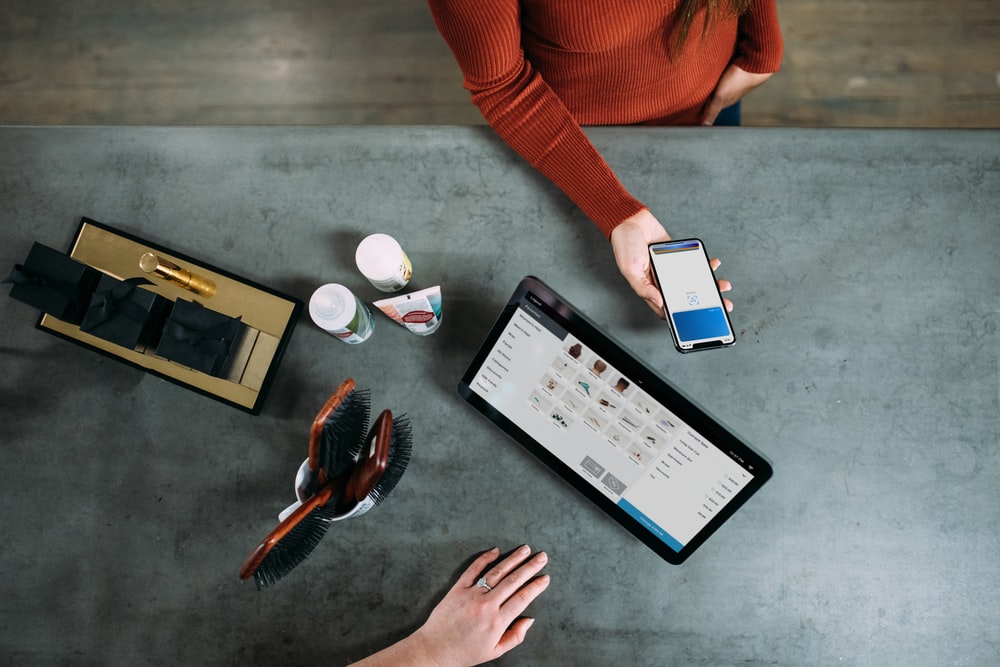If your goal is to increase market share, then your product should significantly exceed the value characteristics of competitors’ products. The question is how to understand what is more valuable for the consumer in the product, or even better, to predict, because sometimes he does not know how it can be better.
Steve Jobs once said, ‘You can’t just ask customers what they want and then try to offer it to them’.

By the time you have everything ready, they will want something new. ” Today, to study their consumer, many companies use the Character method, which is based on the verbal-visual representation of a real portrait (avatar) of the consumer. This method allows you to understand the motives, needs, goals of your target audience, as well as its behavior in the process of making a purchase decision. This is very important since such an understanding determines all further company behavior: strategic, competitive, operational, etc. A consumer portrait is a collective image that describes the typical behavior of people with a specific need.
Why is intuition alone not enough? Every entrepreneur, firm, or company in the B2B segment can say with more or less confident that they know their consumer. Typically, this knowledge concerns who buy her product, what products are bought most often, the terms of the deal, etc.

The development of online sales channels has expanded and at the same time made it more difficult to understand your consumer. The capabilities of tracking consumer actions (transitions from page to page, time and speed of page views, etc.), which can be carried out today using, for example, Google Analytics, help to assess the state of demand, establish the fact of a buyer’s action, but, unfortunately, do not explain the reason and motives for its commission. Management decisions based on the metrics obtained can be successful, but they can also fail because the customer’s understanding is incomplete.
Whose portrait to describe if a B2B consumer is a company? A B2B consumer (hereinafter we will talk about a production consumer) is a company (or an individual entrepreneur) that is a buyer of a product (service) for its further use in its production. It is logical that to draw up a portrait, it is necessary to determine the person who has the greatest influence on the decision to purchase. At the same time, it is important to understand that such a decision can be made collectively, as a result of a complex process of intra-company negotiations, as well as by individuals vested with such powers, or by the owner himself.
In general, the portrait of a B2B consumer should include a system of goals, motivation, and behavior. The latter concerns how he makes a choice and what influences it. This issue is especially important when market conditions allow him to act with a certain amount of power. For example, if the transition to another supplier does not amount to significant costs for him, then with a certain effort of a competitor, your buyer may no longer be yours.
A similar situation can arise if your offer is poorly differentiated or, in principle, cannot differ, in which case you need to use other incentives. Another factor is diplomatic, when the purchase of your products constitutes a significant cost item for the manufacturing buyer and, most likely, he will bargain for more favorable terms for himself. In any of these cases, a portrait of a B2B consumer, which contains information about his attitude towards the environment (what he sees, hears, and thinks), will help predict his possible actions and create a value proposition for him.
